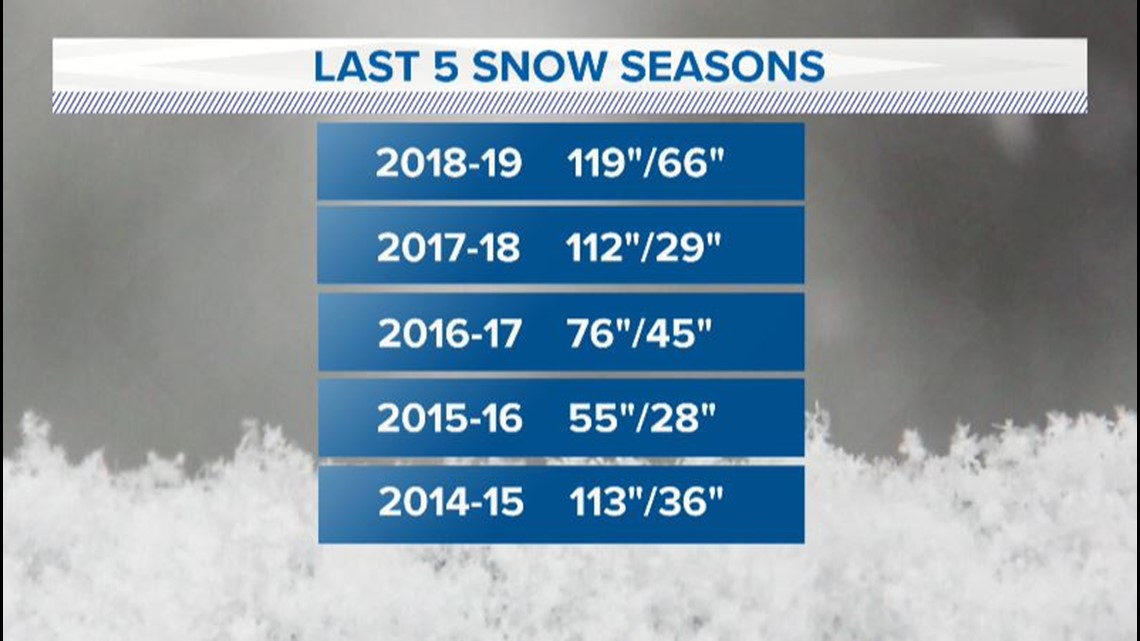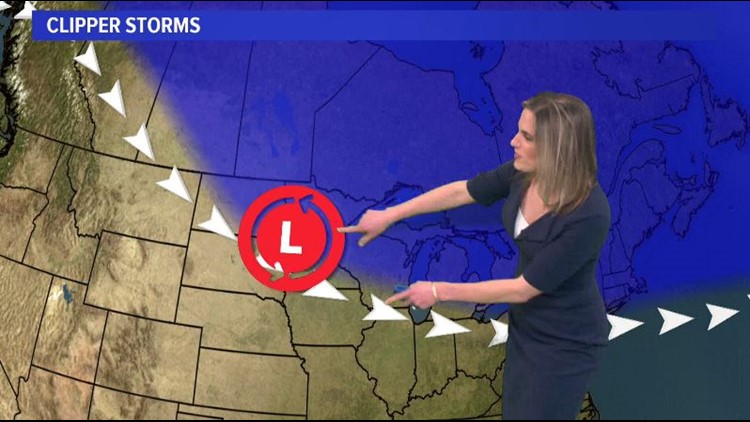It would be easy to assume that the majority of the snow that falls in Western New York comes from lake effect. The area does have a bit of a reputation for it, after all. But that’s not what the data shows.
Over the past 10 seasons, lake effect snow has accounted for an average of just 34% of the season total. What’s even more interesting is that the bigger seasons like 2013-2014 and 2018-2019 have an even lower contribution from lake effect.
Both of those seasons had over 100 inches of snow, but less than 25 percent was from lake effect. On the flip side, lake-effect snow was responsible for more than half of the meager 55 inches that fell during the 2015-2016 season.


So where is the rest coming from? There are a couple of different places.
Our biggest snow seasons tend to be a combination of lake effect, clipper storms and big Eastern U.S. storms, including the occasional nor’easter.
In this week’s Heather’s Weather Whys, learn how each of those “modes” of snow works and see which could have a bigger hand in the upcoming season.
New episodes of Heather’s Weather Whys are posted to the WGRZ YouTube channel every Wednesday evening. You can also watch on Thursdays at 5:30 on Channel 2 News.
If you have a weather question for Heather to answer, send it to her at heather.waldman@wgrz.com or connect with her on Facebook or Twitter.



